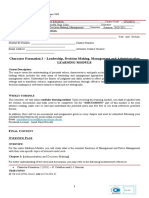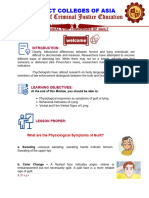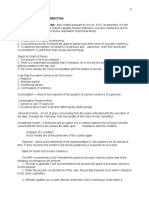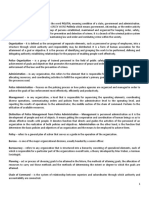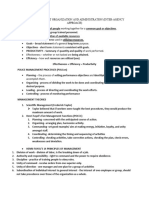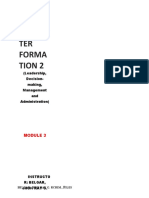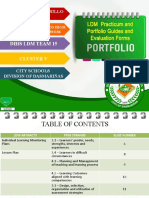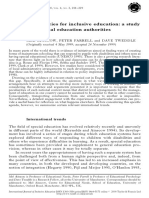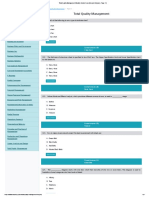0% found this document useful (0 votes)
355 views3 pagesModule 5 Reporting
This document discusses three topics: information system management, police decision making, and guides for quick decision making. Information systems are crucial for businesses to manage operations and connect with customers. Police decision making is dynamic and based on incomplete information, with officers following different response styles. Quick decision making involves breaking large decisions into smaller pieces, continuously reviewing assumptions, and using a six stage process that involves defining the problem, identifying options, making the choice, and reviewing.
Uploaded by
Jesus LordCopyright
© © All Rights Reserved
We take content rights seriously. If you suspect this is your content, claim it here.
Available Formats
Download as DOCX, PDF, TXT or read online on Scribd
0% found this document useful (0 votes)
355 views3 pagesModule 5 Reporting
This document discusses three topics: information system management, police decision making, and guides for quick decision making. Information systems are crucial for businesses to manage operations and connect with customers. Police decision making is dynamic and based on incomplete information, with officers following different response styles. Quick decision making involves breaking large decisions into smaller pieces, continuously reviewing assumptions, and using a six stage process that involves defining the problem, identifying options, making the choice, and reviewing.
Uploaded by
Jesus LordCopyright
© © All Rights Reserved
We take content rights seriously. If you suspect this is your content, claim it here.
Available Formats
Download as DOCX, PDF, TXT or read online on Scribd
/ 3

